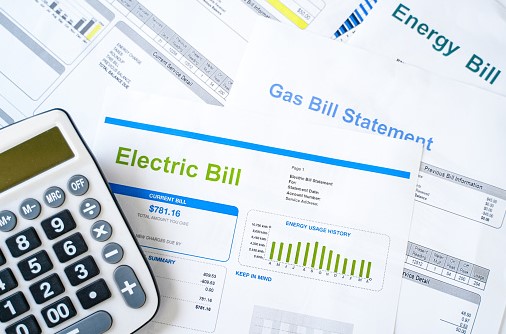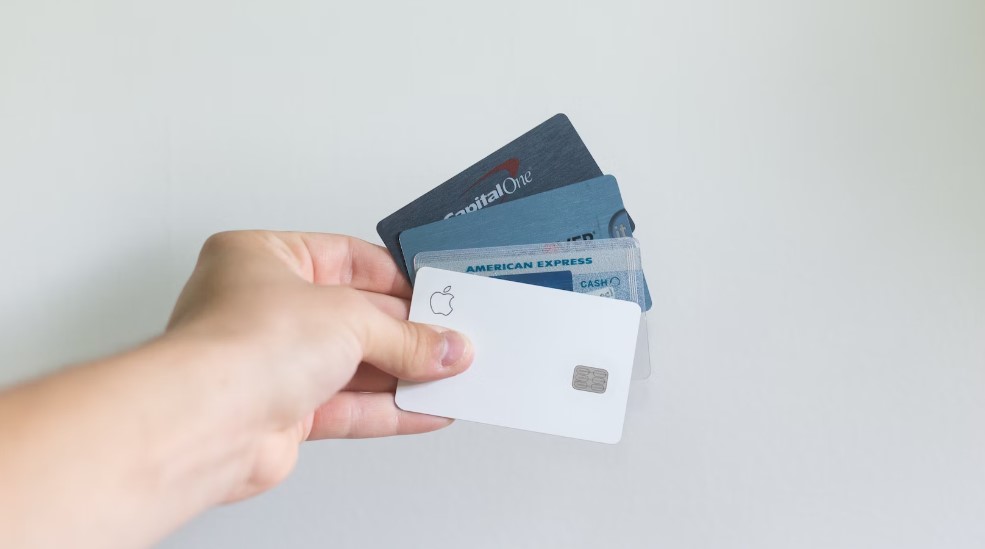Finding a job, getting approved for loans and credit cards, and many other elements of your life can suffer from having bad credit. It’s critical to take action right away to raise your credit score if it’s poor. In this article, we’ll outline a step-by-step process for improving your credit score so you may resume managing your finances.
Step 1: Check Your Credit Report
Checking your credit report is the first step in mending your credit. Once a year, AnnualCreditReport.com receives free copies of your credit reports from the three major credit reporting companies (Equifax, Experian, and TransUnion). Look for any errors on your report, such as incorrect account information or late payments that you actually made on time. You should dispute any mistakes you find with the credit bureau.
Step 2: Pay Your Bills on Time

Your payment history is one of the key elements that determine your credit score. Your credit score can suffer significantly as a result of missed and late payments. Ensure that you always pay your payments on time to raise your credit score. A reminder or automatic payment system might help you remember to pay your bills.
Step 3: Reduce Your Credit Card Balances
Your credit utilization ratio, or how much of your available credit you are really utilizing as compared to your credit limit, is another element that influences your credit score. If you have high credit card balances, it can hurt your credit score. To improve your credit score, try to pay down your credit card balances as much as possible. Your credit card balances should ideally be less than 30% of your credit limit.
Step 4: Keep Old Credit Card Accounts Open
Your credit score may actually suffer if you close outdated credit card accounts. This is because it can decrease your overall available credit and increase your credit utilization ratio. Instead of closing old credit card accounts, consider keeping them open and using them occasionally to keep them active.
Step 5: Consider a Secured Credit Card

It could be challenging for you to be authorized for a traditional credit card if your credit score is low. However, a secured credit card can be a good option for rebuilding your credit. With a secured credit card, you’ll need to make a deposit to secure your credit limit. Your credit score will rise as you make prompt payments, and you might eventually be approved for a regular credit card.
Step 6: Work with a Credit Counselor
If you’re having problems improving your credit score on your own, discuss speaking with a credit counselor. A credit counselor can help you develop a personalized plan for improving your credit score, and can also help you with debt management and budgeting. Look for a reputable credit counseling agency in your area.
Step 7: Apply basic credit repair techniques

There are less drastic techniques to raise your credit score. At first, you might not notice any changes, but over time, they add up and greatly improve your credit score.
Reduce spending on things like phones and other utility costs. If you can, adjust your spending plan to account for these payments. After that, use the funds to settle your bills and loan balances. Negotiating your rent (if you’re renting) or starting a side business are two other ways to save money.
If you don’t know how to raise your credit score, these simple strategies can assist. The concept is straightforward: increase your income and save money to establish your creditworthiness.
Another option is a secured credit card. These cards operate similarly to regular cards, but in order to secure your credit line, you must make a cash deposit upfront.
They’re an excellent pick for people with terrible credit. The deposit acts as security for the card issuer in the event that you default on payments. However, if you pay on time and in full for a few months, this is a certain approach to repairing your credit history.
Utilize these advantages by looking up the finest secured credit cards on the market and choosing the one that best suits your requirements.
Step 8: Be Patient
Improving your credit score takes time. It’s critical to exercise patience and keep going even if you don’t get any immediate effects. Your credit score might not significantly improve for several months or even years. However, if you follow the steps outlined in this article and stay committed to improving your credit, you will eventually see positive results.
Conclusion
In conclusion, repairing your credit score can be a challenging process, but it’s an important step in achieving financial stability. By checking your credit report, paying your bills on time, reducing your credit card balances, keeping old credit card accounts open, considering a secured credit card, working with a credit counselor, and being patient, you can take control of your finances and improve your credit score.




































